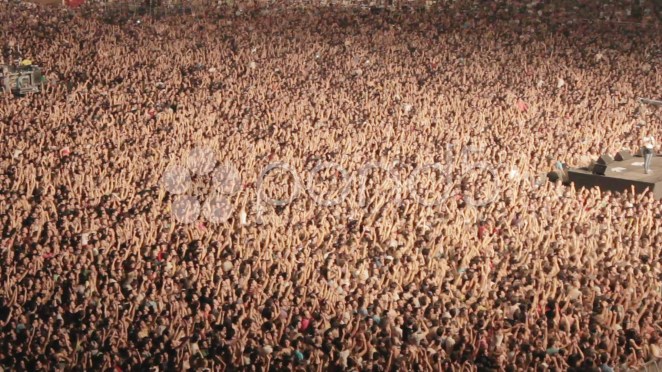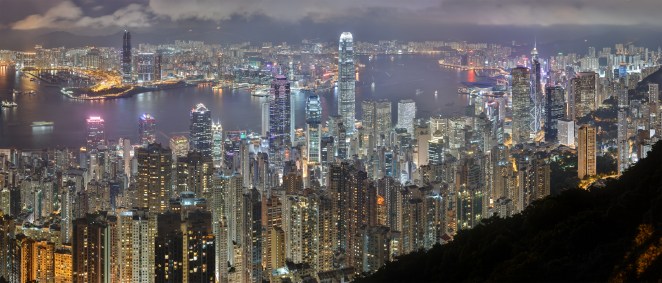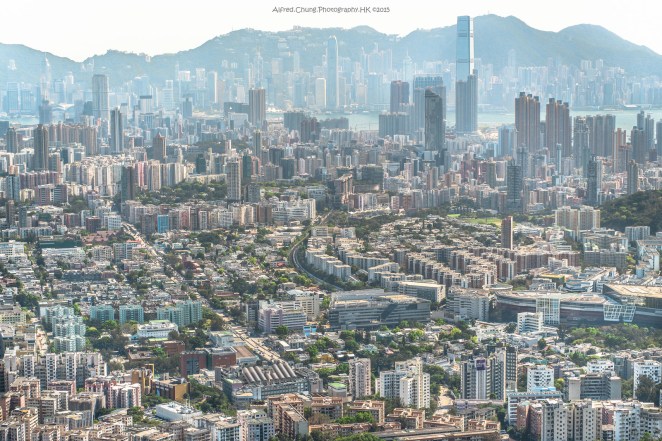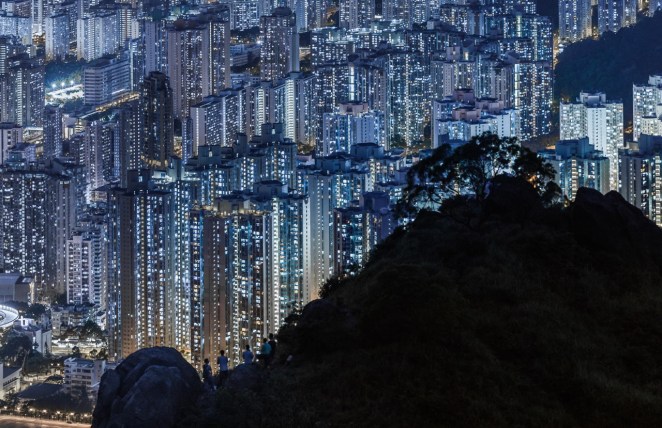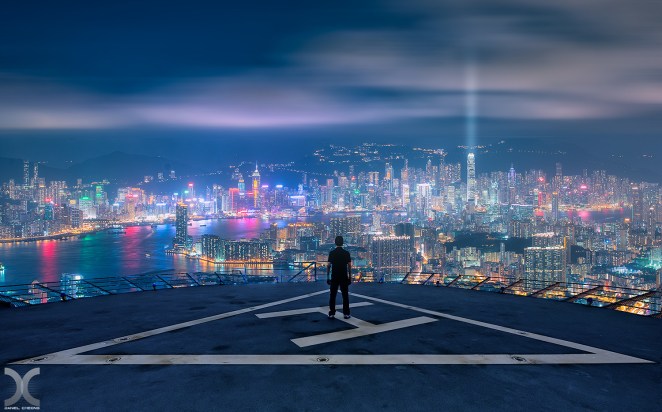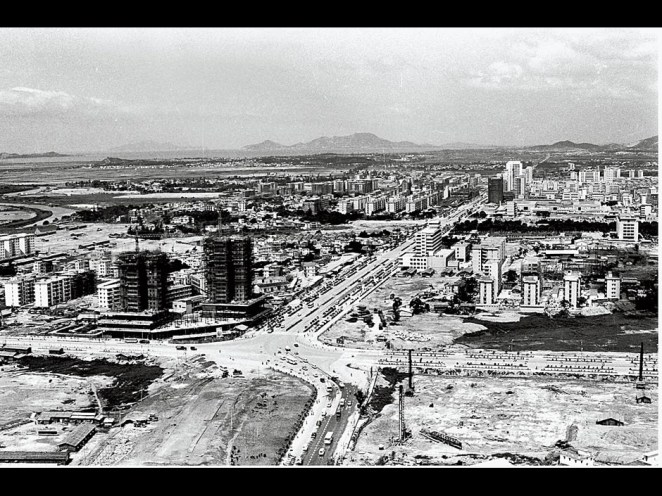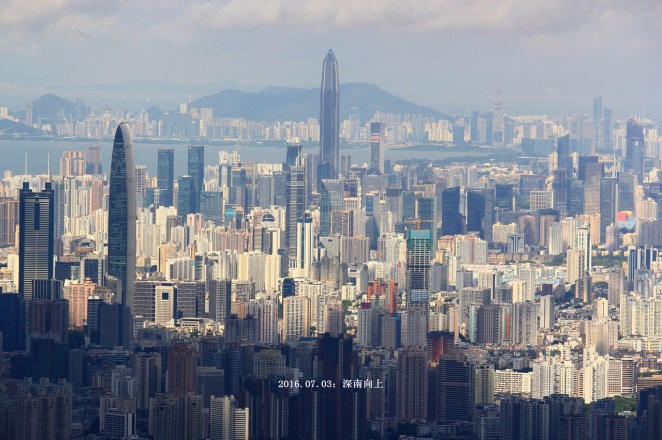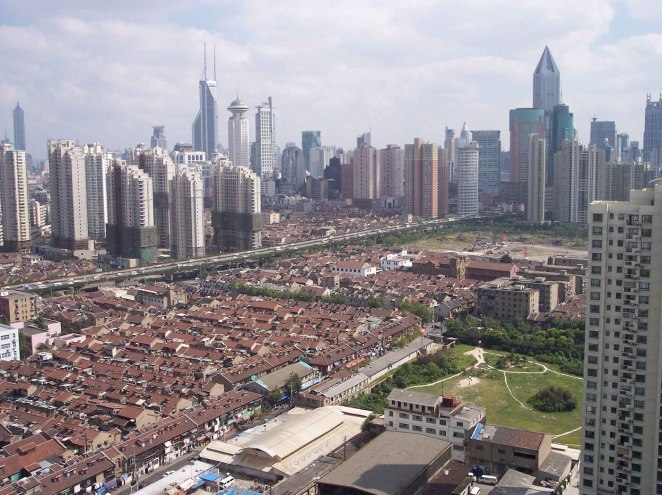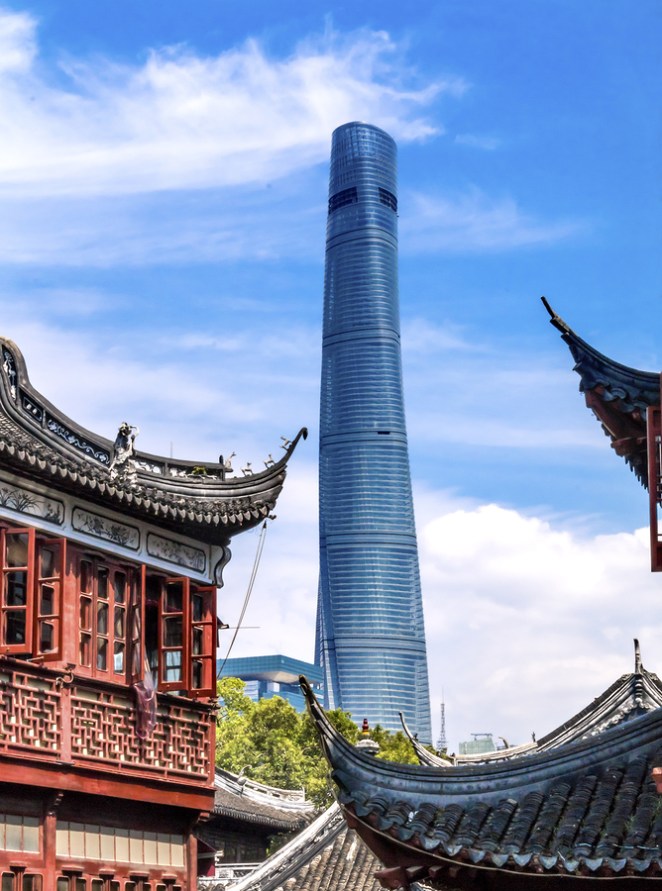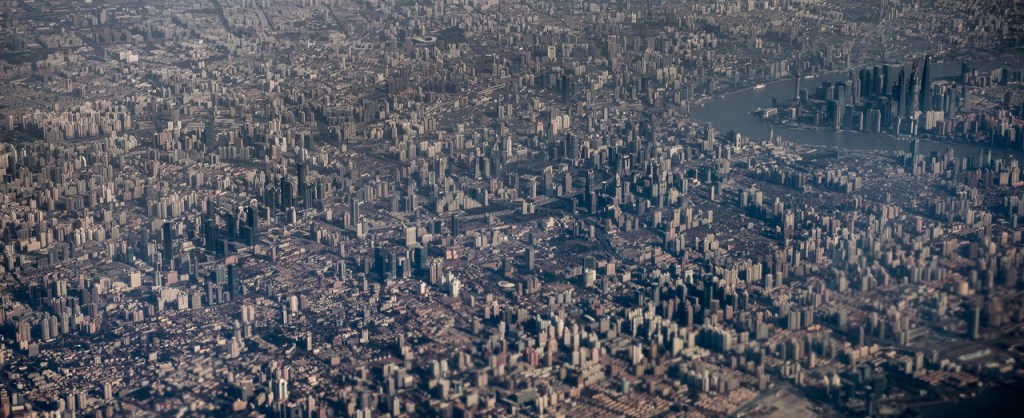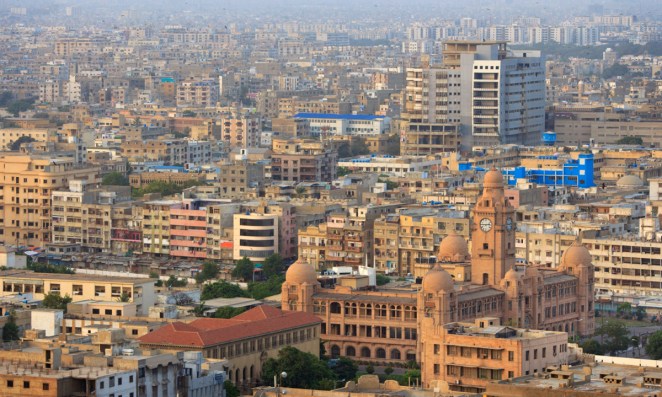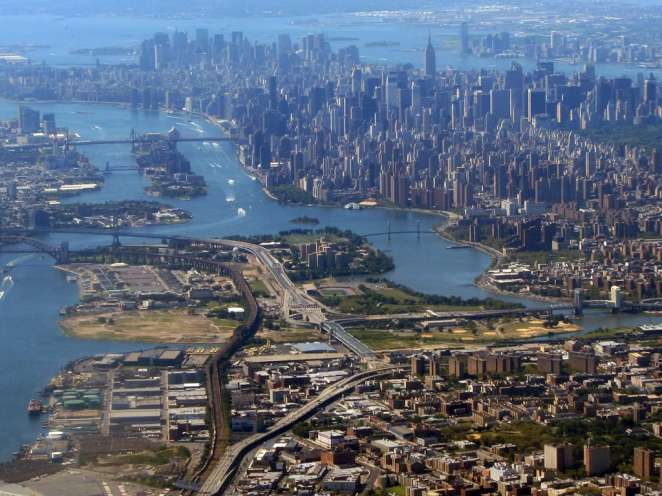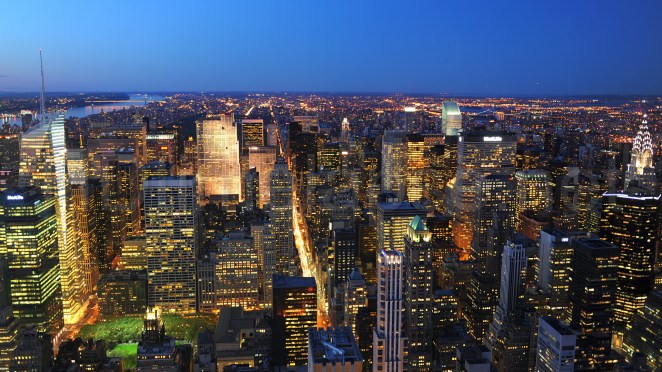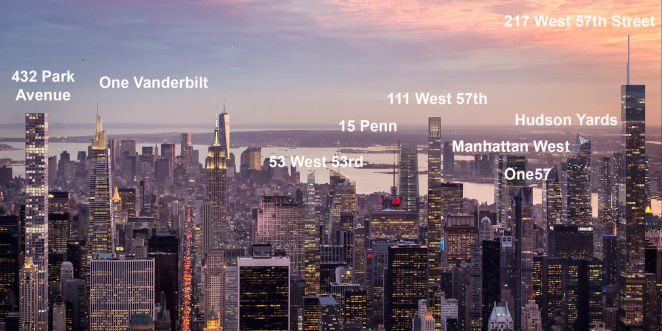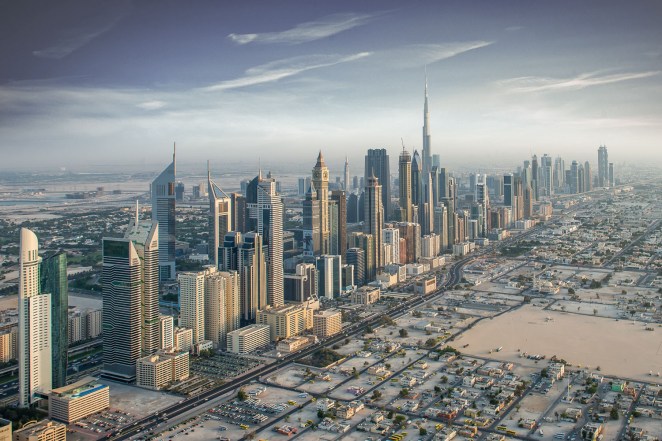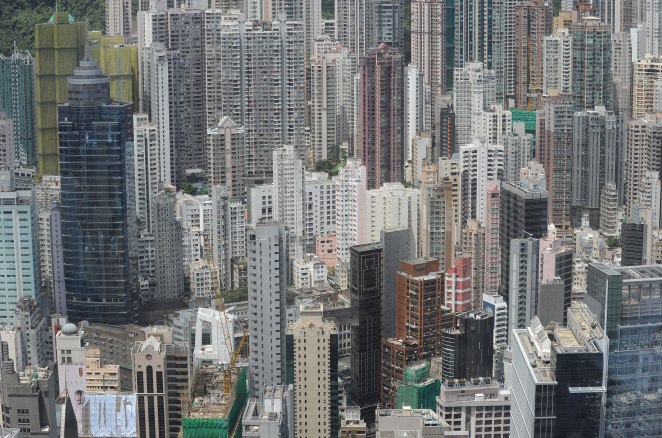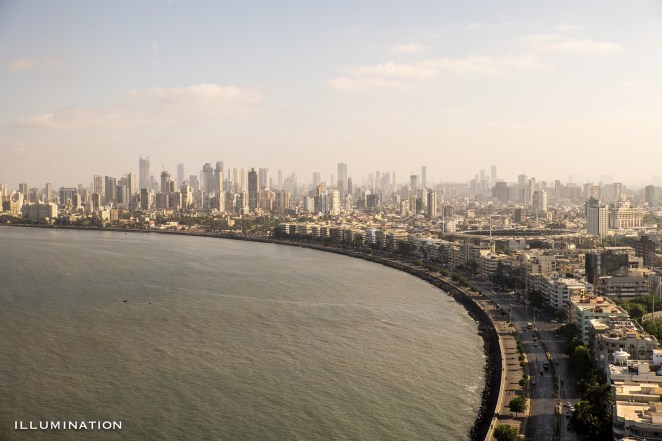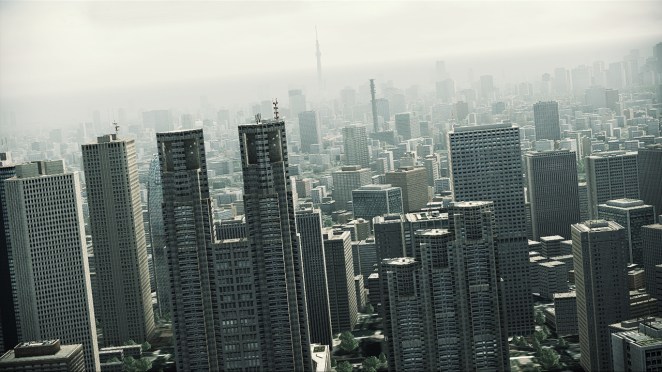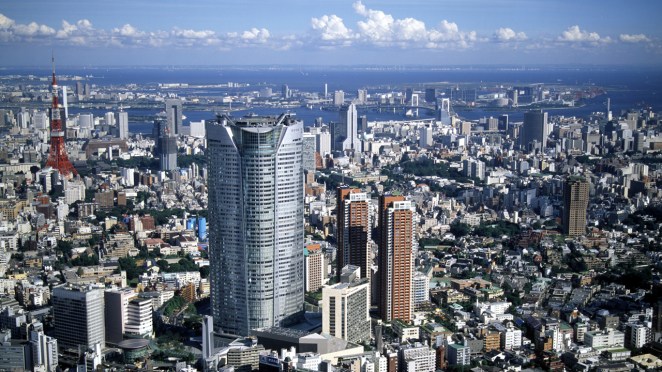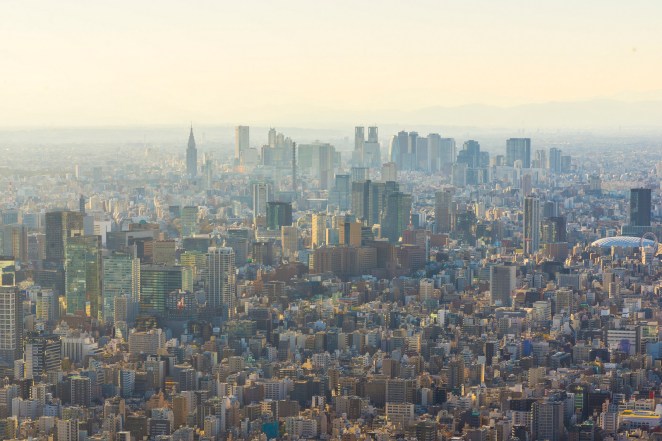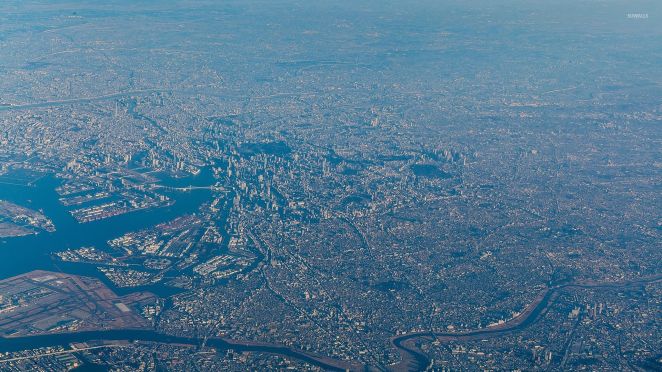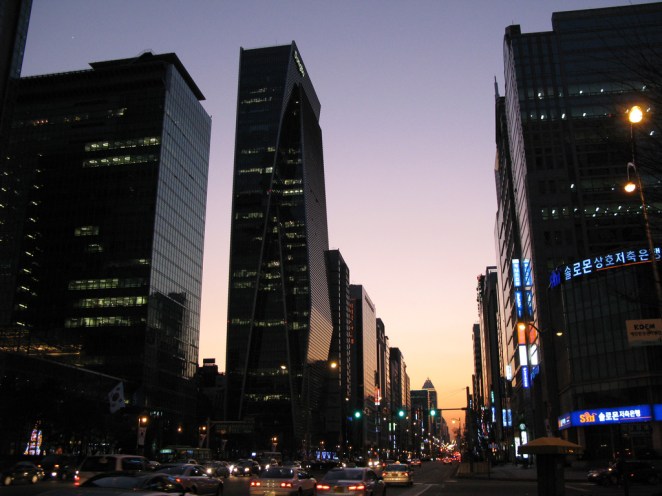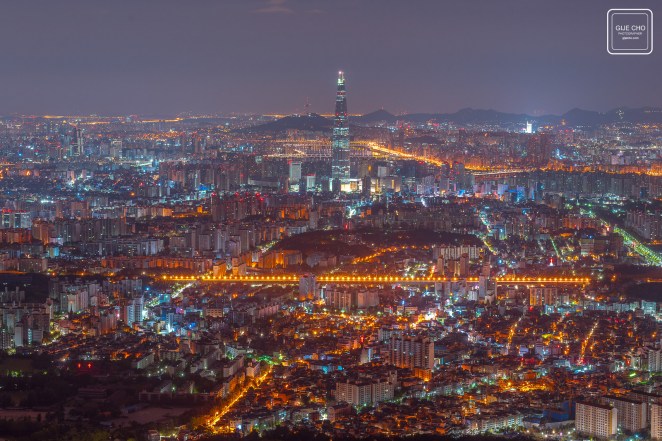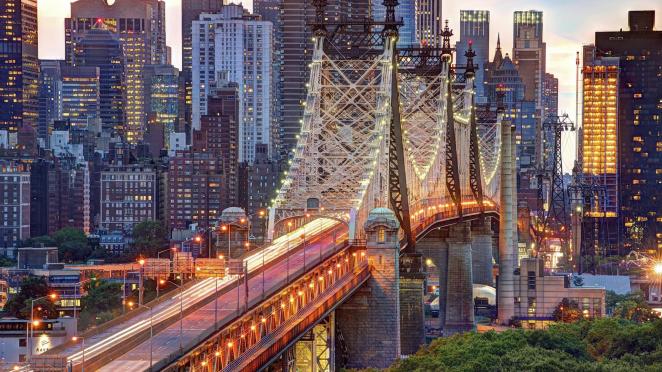Thursday 9th April 2020
Emily Maitliss opened Newsnight yesterday, following 938 new UK deaths, with one of the most prescient statements in a long time:
“The language around Covid-19 has sometimes felt trite and misleading. You do not survive the disease through fortitude and strength of character, whatever the Prime Ministers’ colleagues will tell us. And the disease is not a great leveller, the consequences of which everyone – rich or poor – suffers the same.
This is a myth which needs debunking. Those on the front line right now – bus drivers and shelf stackers, nurses, care home workers, hospital staff and shop keepers – are disproportionately the lowest paid members of our workforce. They are more likely to catch the disease because they are more exposed.
Those who live in tower blocks and small flats will find the lockdown a lot tougher. Those who work in manual jobs will be unable to work from home.”
Her opener made headlines on every broadsheet.

As mentioned recently the US infections -currently the epicentre of the pandemic -has seen an unfair slanting in Black and African American victims of the disease, Chicago reporting 70% of their cases despite the city only one third Black, with similar skewing in Louisiana, NYC and Detroit, places where race and income level strongly correlate. The BBC today has also turned the lens to our own country:
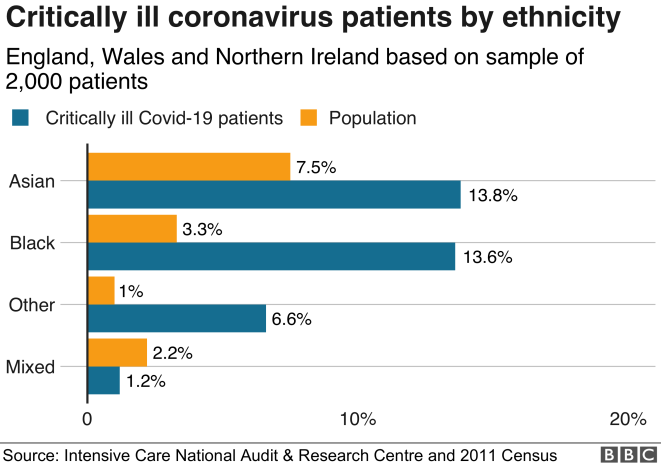
Once again it appears more of the same. This seems mainly due to London being the epicentre, where 40% of residents are non-White. It also does have that correlation with class to some extent -for example 30% of Bangladeshi and 15% of Black households are classed as overcrowded compared to 2% for the national average, where it’s thus less likely to pass on. As Maitliss mentioned, minorities are also much more likely to be key workers, from the NHS (where one quarter of nurses and almost half of doctors are non-White), to transport staff and supermarket workers.
Yesterday’s film was also about exposing social injustice, writ into a daily life thriller. The showing was Bombshell, starring Charlize Theron (with prosthetics, playing news anchor Megan Kelly), Margot Robbie (Kayla, a new intern) and Nicole Kidman (fellow anchor, Gretchen Carlson) as the women embroiled in the sexism and sex-for-promotion scandal that overtook the Fox News network in 2016. Terse, edge-of-the-seat stuff, though lacking the fun and humour of the recent Apple offering, The Morning Show (Jennifer Aniston, Reese Witherspoon) that seems based on it. The film does miss out on what could have been some delicious exposées on toxic news avenger Bill O’Reilly, who gets a bit part, but concentrates on the fall from grace of Jabba-like media tycoon and former Nixon-courting politician, Roger Ailes.

Apparently, the writers and producers from the start had the challenge of making the audience like the victims, or at least identify with them -stalwarts of a right wing, populist and propagandic news empire. They did this using Fleabag-like monologues, confiding with the camera while interacting the entire time still with daily life, a voice in the audience’s head despite it being evil altruistically alternative. Constant reminders of their family lives intersperse the film, complete with blonde, gurning children happily vulnerable to hate mail and reporters, then glossing over the rest, such as Kelly’s open racism or Carlson’s anti-gay rhetoric. A lowdown on what constitutes a Fox News story helps, as relayed by a secret Democrat working as a writer there. It starts off the trailer:
“You have to adopt the mentality of an Irish street cuff. The world is a bad place, people are lazy morons, minorities are criminals, sex is sick but interesting. Ask yourself what would scare my grandmother or piss off my grandfather.”
This is of course the opener near the start, that winks at the viewer to say, yes we know they’re morally corrupted, please play along. From there it introduces the two entirely fictional characters -the secret Hillary-supporting, lesbian staff writer and her one-time fling, Kayla -the generic Bimbo-dressed victim, who help to paint Fox staffers into a softer, more human and inclusive place. The fact they had to make them up entirely speaks volumes (perhaps unable to find anyone that wasn’t into animal sacrifice or KKK weekenders). The film makes for criminally good viewing, though there is no dramatic flourish at the end, or bible-thumping comeuppance to savour -true to life: Fox ended up paying $50 million to the dozens of victims, and $65 million severance to the three men accused.

Also true to life, an icon for the film trailer on Youtube shows Charlize Theron, mouth open, about to ingest a side-on pizza slice – a screengrab deemed enticing enough to target another demographic it appears, even if it is a tale for the #metoo generation. Not unlike Aisle’s use of short skirts, excessive angles and transparent news desks to draw in the punters. Art mirrors life. And life goes on. Badly.

This morning A got an allergic reaction. Going bright red, itchy and bumpy, hard to look at. Poor thing. But it is as always, a passing fad -within the hour it was gone, as he is strangely adverse to all sickness ever. Though when he does get sick (once every couple of years) it is very.
Went for a bike ride, the sun winking through foliage and air crisp and cool. People were dressed for summer, admiring the heritage poking above the trees, and placid waters mirroring the strolling, enough to add an atmosphere of convivial relaxation. There are only a few places I’ve been where every direction is beauty -usually in natural format, though humanity does raise a built landscape every now and then. Lauterbrunnen Valley, Symi, Lazise, Ko Phi Phi Leh, May in Virginia Water. The Ringstrasse, Burano, dusk in the Gardens by the Bay.
Well, for a few choice moments Battersea Park yesterday was that coffee table cover, something you spend years looking for. Just the right amount of people not to bespoil it, the perfect weather (cool yet sunny), and the optimal clarity at this time of year. For an everywhere that was crisp, gentle and swaying in the light.
This is the imagery strong enough to obscure the beyond, and deliver that long fought-for moment of peace.
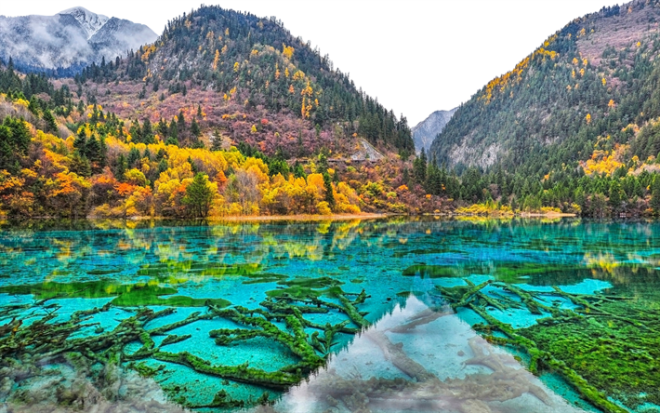
But of course I can’t really sing of anything nice without subsequently having to stylus-scratch it back into reality, with the looming elephant out of shot. This is the running theme so far, for this blog, for life and how we interpret it.
-We were one of the only few wearing facemasks, it’s still not a thing apparently among the youthful and healthy, who exclusively populated most of the paths. Strange summer.
This weekend will be geared towards heading off the holiday crowds. I like to think on one hand we are enjoying the view from the lifeboats -life’s great promise. On another, we need to remember not to push under the drowning.
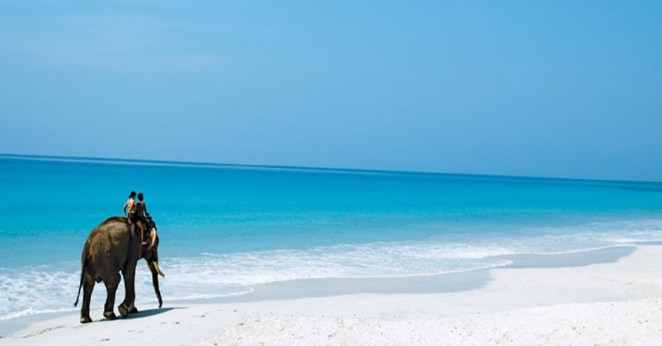
Yesterday
Tomorrow



